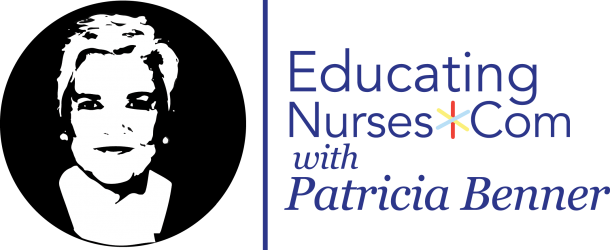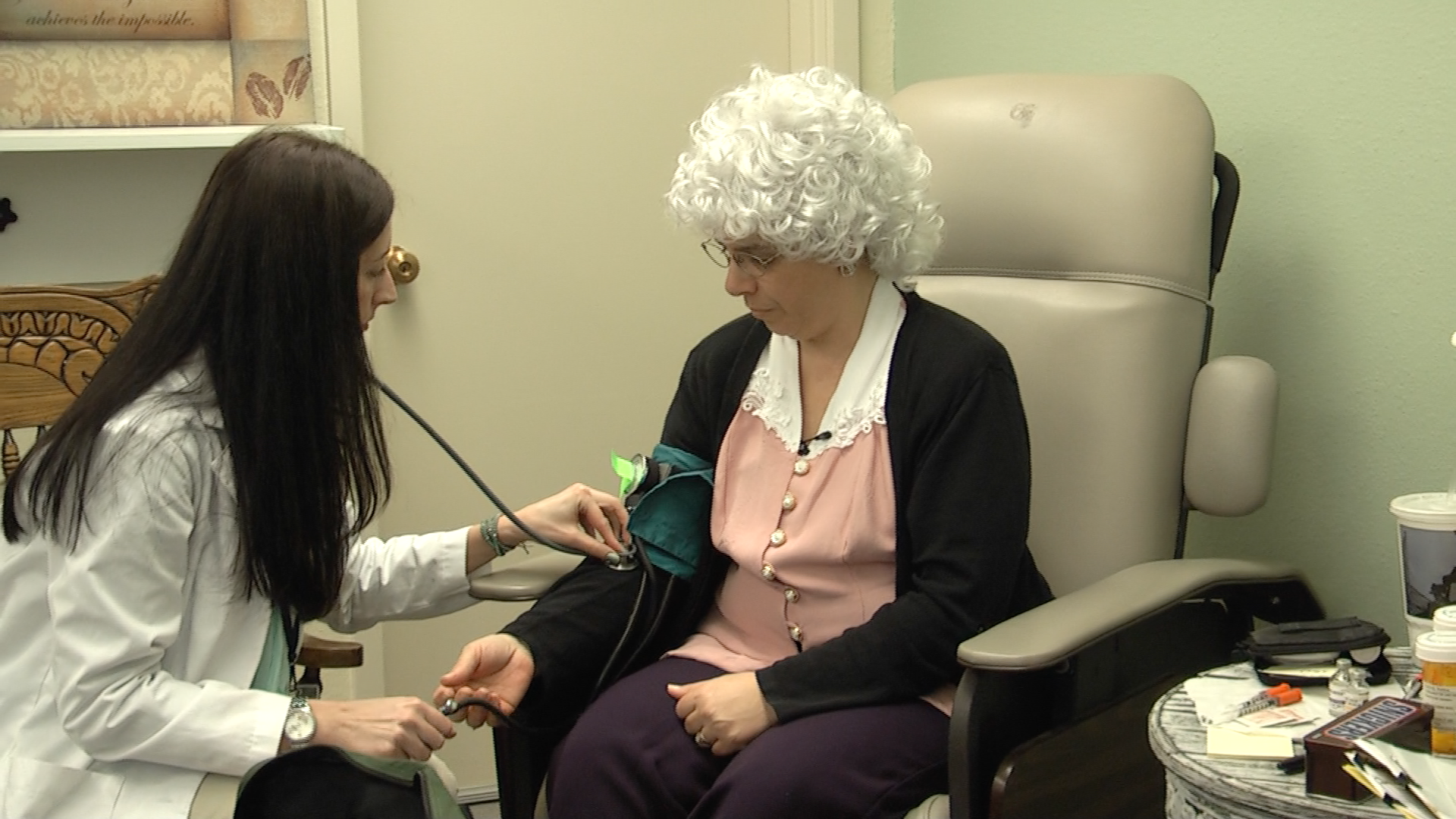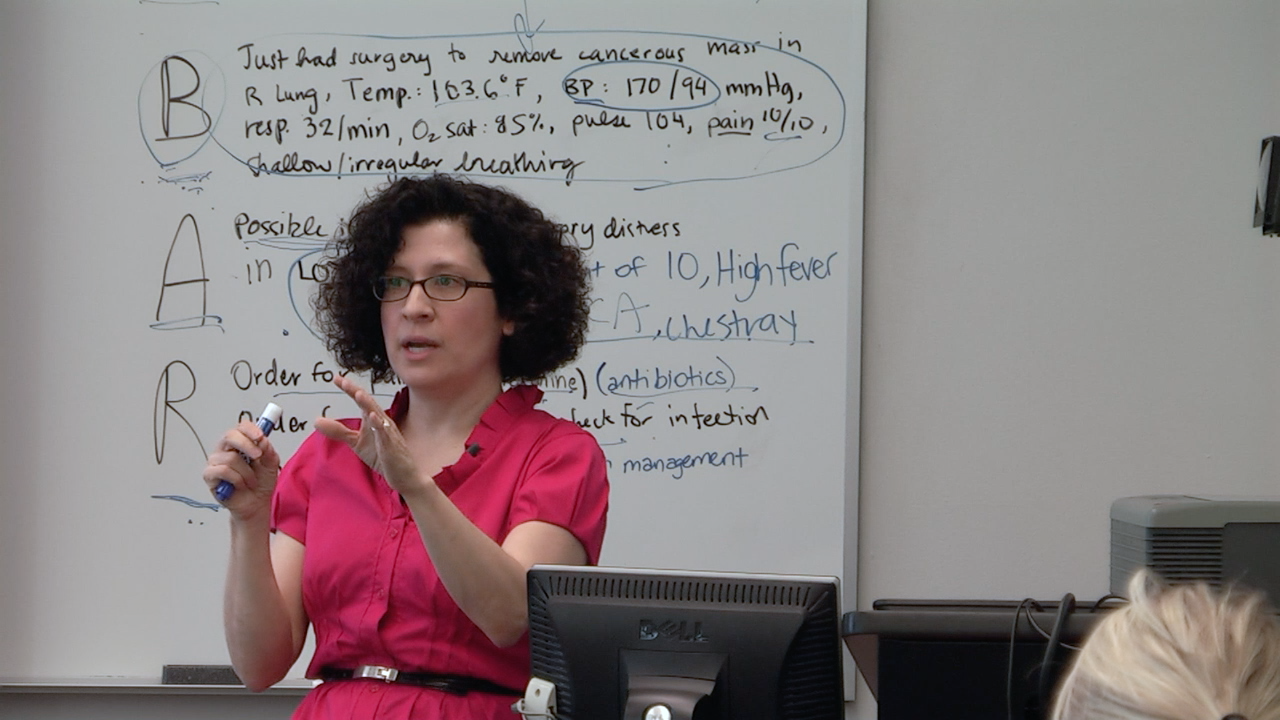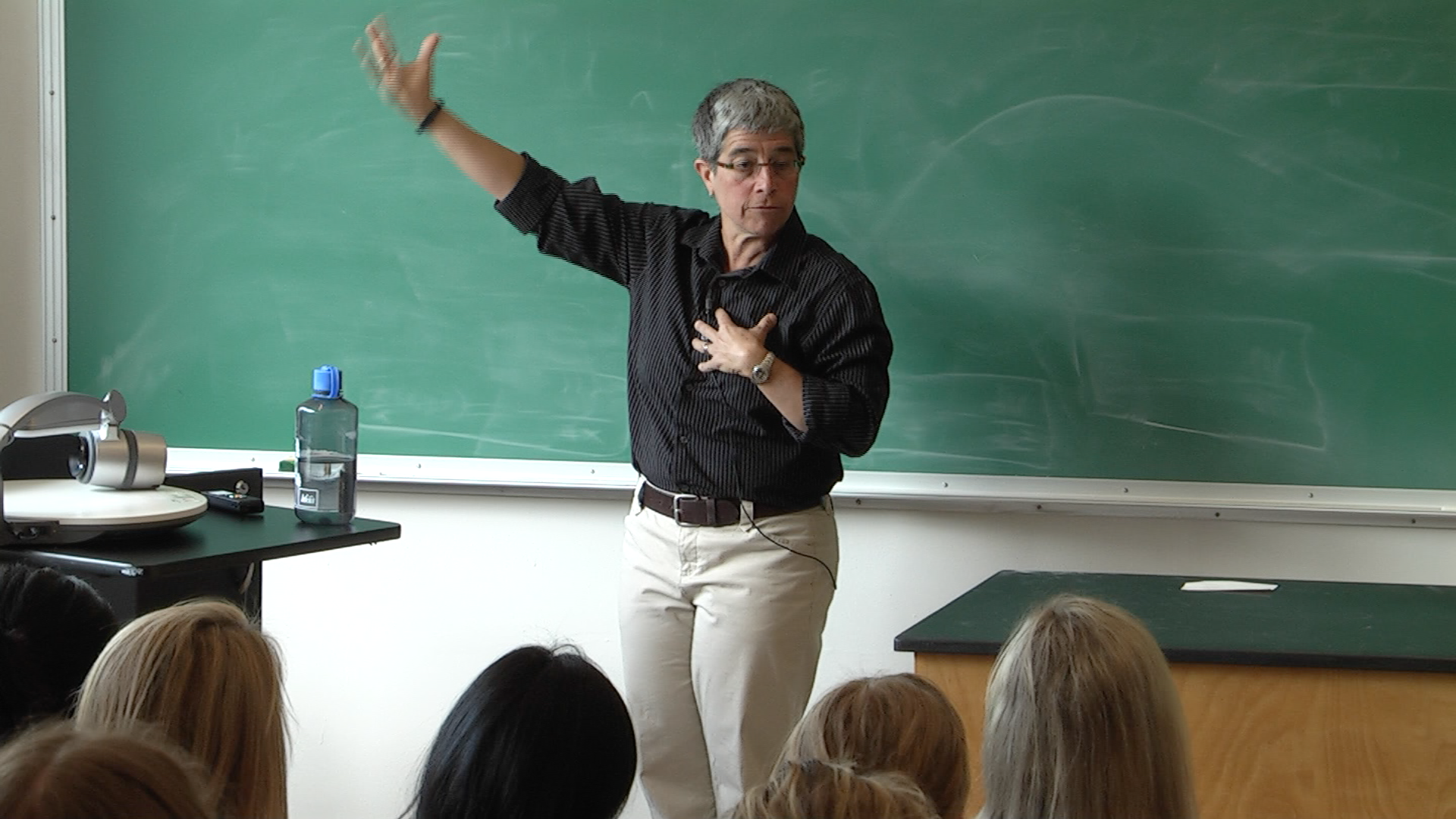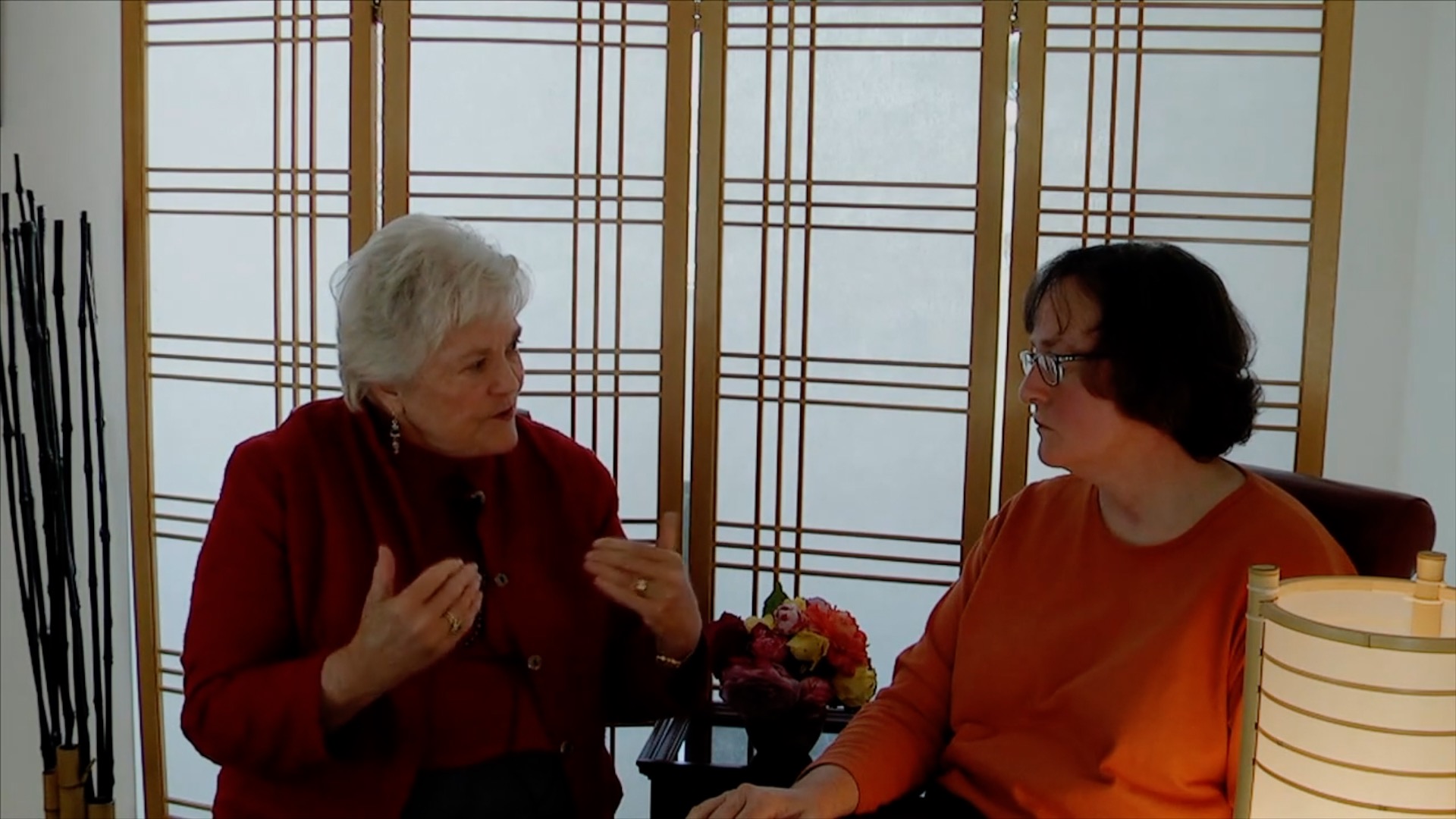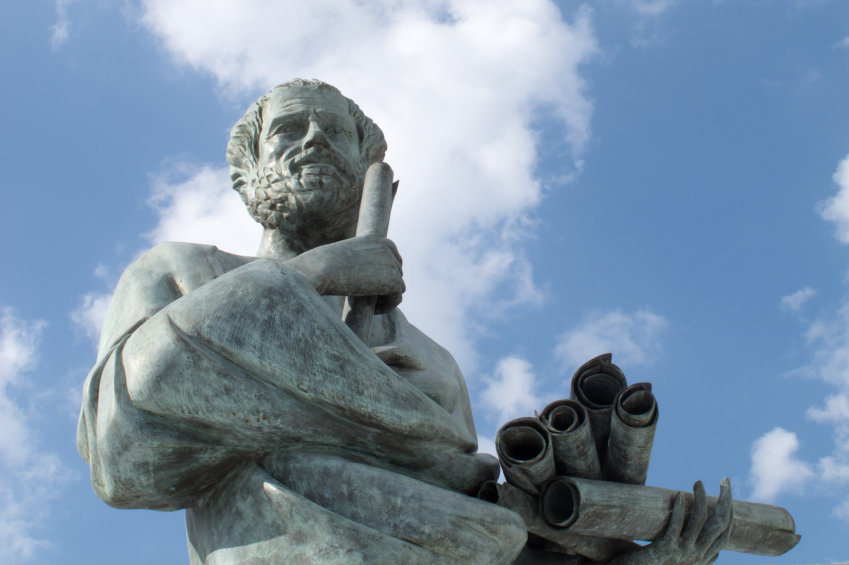Using Improvisational Actors for Live High-Fidelity Simulation: Pre-Briefing and Debriefing, Keys to Deep Learning from Simulations
Patricia Benner R.N., Ph.D., In Conversation and Association with Dr. Stephanie Sedaris, Copyright 2014 Most agree that much of the learning from simulation comes from post-simulation debriefing and reflection, yet faculty are in the earliest stages of conducting research or even describing what is most and least effective in debriefing sessions after simulations. Prior to …
